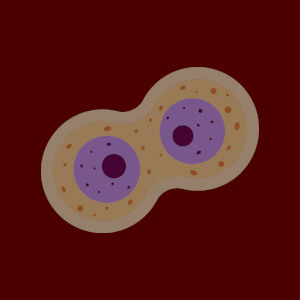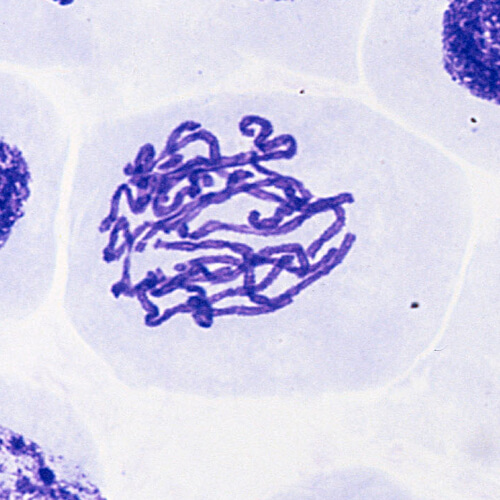



Mitosis is the part of the cell cycle that results in two genetically identical cells. This is known as asexual cell division or reproduction. Mitosis can be separated into five key phases: prophase, prometaphase, metaphase, anaphase, and telophase. To remember the difference between mitosis and meiosis, which doesn't produce identical cells, a great trick is to remember that the 'i' and the 't' in mitosis stand for "identical two."
Before we dive deeper into mitosis, it's important to understand the cell cycle. The cell cycle encompasses the different phases that a cell goes through during its life. The "normal" phase of the cell cycle is called interphase. During interphase, cells grow, carry out their specific functions, and prepare for cell division. It's during this preparation that the cell makes another copy of its DNA, and signals the start of mitosis.
For example, humans have 46 chromosomes, dogs have 78, and fruit flies have only 8. These chromosomes carry the genes that determine various traits and characteristics of each species. During mitosis, all of these chromosomes are split up evenly into two identical cells.
In humans, for example, skin cells and cells in the lining of the intestines divide quickly because they constantly need to be replaced. On the other hand, nerve cells rarely undergo mitosis and mostly stay in the same state throughout our entire lives.